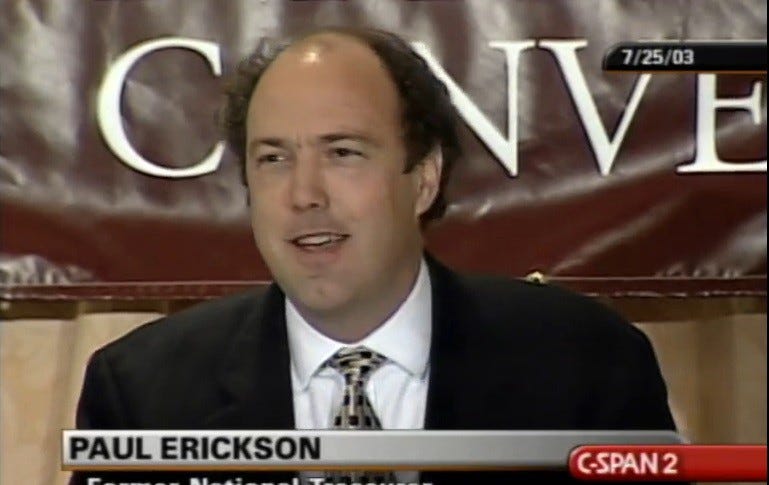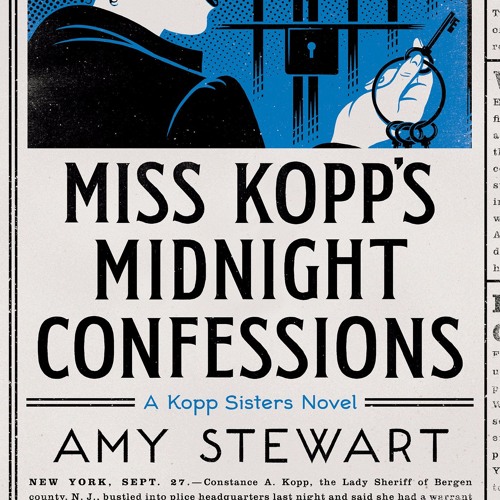 |
| Hanging out with Kevin Tipple at Wild Detectives shortly before Noir at the Bar-Dallas, August 2, 2018. |
My immediate response was a flippant, “If you aren’t creative enough to write about people who aren’t like you, you aren’t creative enough to write.”
I’ve thought often about that discussion, have not changed my opinion, but realize I may not be the person best suited to make the argument. After all, a lifetime of both male privilege and white privilege likely colors my viewpoint.
WRITES LIKE A WOMAN?
Several years ago, Bev Vincent experienced a similar dilemma, which he describes in “Apparently I Write Like a Girl,” when an editor rejected one of his stories, stating, “It’s quite a challenge for a writer of one sex to explore writing from the perspective of the opposite sex. Bev Vincent has not done a convincing job.” Bev is male and the protagonist of his story is male. The editor saw his byline, falsely presumed his gender, and savaged Bev’s story based on that false presumption.
I had a similar experience many years ago when an editor rejected one of my stories because it had a male byline and a female protagonist, and the editor expressed her belief that no writer could successfully write from the opposite gender’s perspective.
WRITES LIKE A WOMAN!
I’ve never presented myself as other than what I am—a middle-aged, middle-class white male—yet I’ve sold more than 350 stories with female protagonists and at least 100 stories in which the protagonist differs from me in some other significant way (ethnicity or sexual orientation, for example). In most cases the acquiring editors matched my submissions’ protagonists more closely than I did.
AND NOT JUST LIKE A WOMAN.
For an interview published in The Digest Enthusiast #8, Richard Krauss asked, “In ‘Professionals,’ Out of the Gutter No. 2 (Summer 2007), the narrator is a gay prostitute. In ‘My Sister’s Husband,’ Pulp Adventures No. 27 (Fall 2017), the narrator is a middle-aged woman. How do you ensure your characters act and speak authentically, with respect to their gender, sexual orientation, race, etc.?”
Part of my response described how I develop characters: “The key [...] is to build characters from the inside out rather than from the outside in. Regardless of our gender, sexual orientation, ethnicity, religious beliefs, and whatever else divides us, we share many commonalities. We want to love and be loved. We want to feel safe and free from fear. We want to be happy and healthy. We want to be appreciated by our families and respected by our peers. The list goes on and on.
“If we build characters from the inside out, the characters will ‘speak’ appropriately and more genuinely than if we build characters from the outside in and rely on stereotypes.”
BUT SHOULD WE?
Where is the line in the sand that we dare not cross when writing from the perspective of a character unlike ourselves? I don’t believe such a line exists, and if it does, I hope a rising tide washes it away.
Rather than limiting ourselves for fear of offending others, we should instead strive to create characters out of whole cloth, making them as authentic as our skills allow, and we should strive to improve those skills with each story we write. We should not be accused of cultural appropriation simply for writing about those who are not like us, but should rightly be called to task if fail to do the job well.
And those who critique our work should not make presumptions about our work because of who wrote it, but should instead judge the work on its own merits. A piece of writing succeeds or fails within the context of itself, not because the fingers on the keyboard were male or female; old or young; gay, straight, or bi; black, white, or any other shade of the rainbow.
We all benefit by reading and writing about characters that are not like us.
John Floyd and I have stories in the third issue of Black Cat Mystery Magazine, the only writers to have fiction in all three issues. I’m uncertain how many stories John has upcoming in BCMM, but I have three in the pipeline, so we’ll likely share space between the covers several more times. Fellow SleuthSayer Eve Fisher also has a story in the third issue, so order your copy now and get a SleuthSayer three-fer.








































